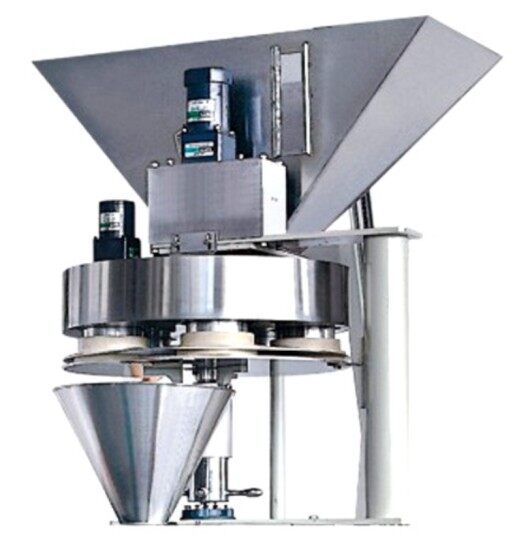Cup Filler vs. Auger Filler: Choosing the Right Packaging Solution
In packaging and processing, efficiency matters greatly. Precision is equally critical. Industries handling granular or powdered products face this reality. The selection of filling equipment impacts production quality. It also affects production speed. Two common machines dominate this field. These are the cup filler and the auger filler. Both systems have distinct benefits. Both serve unique purposes. Recognizing their differences helps businesses choose wisely. This ensures alignment with operational requirements.
What is a Cup Filler?
A cup filler is a filling machine. It measures specific product volumes. These volumes are dispensed into containers. The system operates via rotation. Cups or scoops collect the product. They then release it into packaging. Cup fillers work best with free-flowing items. Examples include grains and cereals. Small pellets also qualify. Key parts include a hopper. Filling cups are essential. A discharge mechanism completes the system.
Advantages of Cup Fillers:
Simplicity defines cup fillers. Their design is straightforward. This simplifies operation. Maintenance becomes easier. Fewer components reduce breakdown risks. Accuracy is achievable. Proper calibration ensures precise volumes. Consistency matters in sectors like food. Cost savings are significant. Cup fillers cost less than complex alternatives. Budget-focused businesses benefit. Versatility adds value. They handle free-flowing products well. Multiple container sizes work. Adaptability suits diverse packaging needs.
What is an Auger Filler?
Auger fillers manage powders. They handle less free-flowing granules. A rotating screw drives this machine. This screw is called an auger. It transfers product from hopper to container. Industries like pharmaceuticals use them. Chemical sectors rely on auger fillers. Food processing requires them too. Exact powder measurements are critical here.
Advantages of Auger Fillers:
Powder precision is unmatched. Augers dispense powders consistently. The rotating screw adjusts flow speed. This guarantees exact per-package quantities. Volume adjustments are simple. Changing auger settings accommodates batches. Different products are manageable. Waste reduction is prioritized. The auger minimizes spills. This matters for costly powders. Automation elevates performance. Advanced controls enable hands-free filling. Labor costs decrease.

Comparing Cup Fillers and Auger Fillers
Both machines automate filling. Their purposes differ. Their product suitability varies. Key contrasts include:
Product Type:
- Cup Fillers: Suit free-flowing materials. Grains and pellets are typical.
- Auger Fillers: Excel with powders. Granular items needing precision qualify.
Filling Mechanism:
- Cup Fillers: Employ cups/scoops for measurement.
- Auger Fillers: Rely on screw-driven transport.
Precision:
- Cup Fillers: Accurate for free-flowing goods. Struggle with powders.
- Auger Fillers: Deliver exactness. Ideal for fine materials.
Flexibility:
- Cup Fillers: Adapt to containers. Limited by product types.
- Auger Fillers: Adjust for powders. Handle varying fill amounts.
Maintenance and Cost:
- Cup Fillers: Simple and affordable. Low upkeep.
- Auger Fillers: Complex and pricier. High-precision features.
When to Use a Cup Filler
Choose cup fillers for easy-flow bulk goods. Cereal packaging is a prime case. Pasta filling is another example. Their simplicity attracts users. Food and agriculture sectors favor them.
Before selecting cup fillers, verify product flow consistency. Machine calibration is vital. This preserves accuracy. Packaging quality remains stable.
When to Use an Auger Filler
Auger fillers suit precision powder tasks. Pharmaceuticals demand this. Supplement powders require it. Specialty chemicals need exactness.
Evaluate powder-handling complexity. Match machine specs to production aims. Automation boosts output. Waste reduction follows. This justifies the investment.
Making the Right Choice
Your decision hinges on packaging goals. Analyze product properties. Determine precision needs. Factor in budget limits. Both fillers have merits. Grasping these ensures optimal picks.
In conclusion, both machines address distinct needs. Each offers specialized strengths. Scrutinize production requirements. Study product traits. This maximizes efficiency and savings. Cup fillers win in simplicity. Auger fillers dominate precision. Correct equipment ensures operational success. Smooth production lines result.


